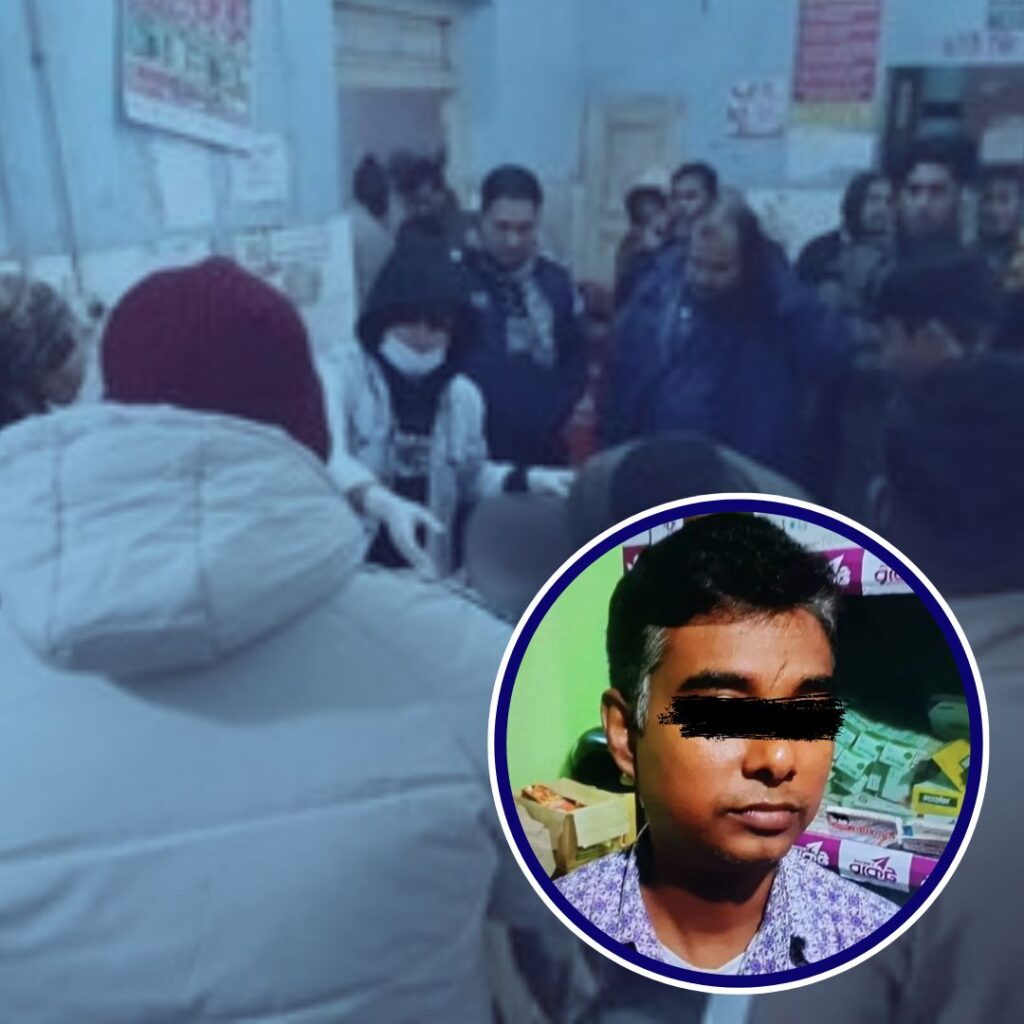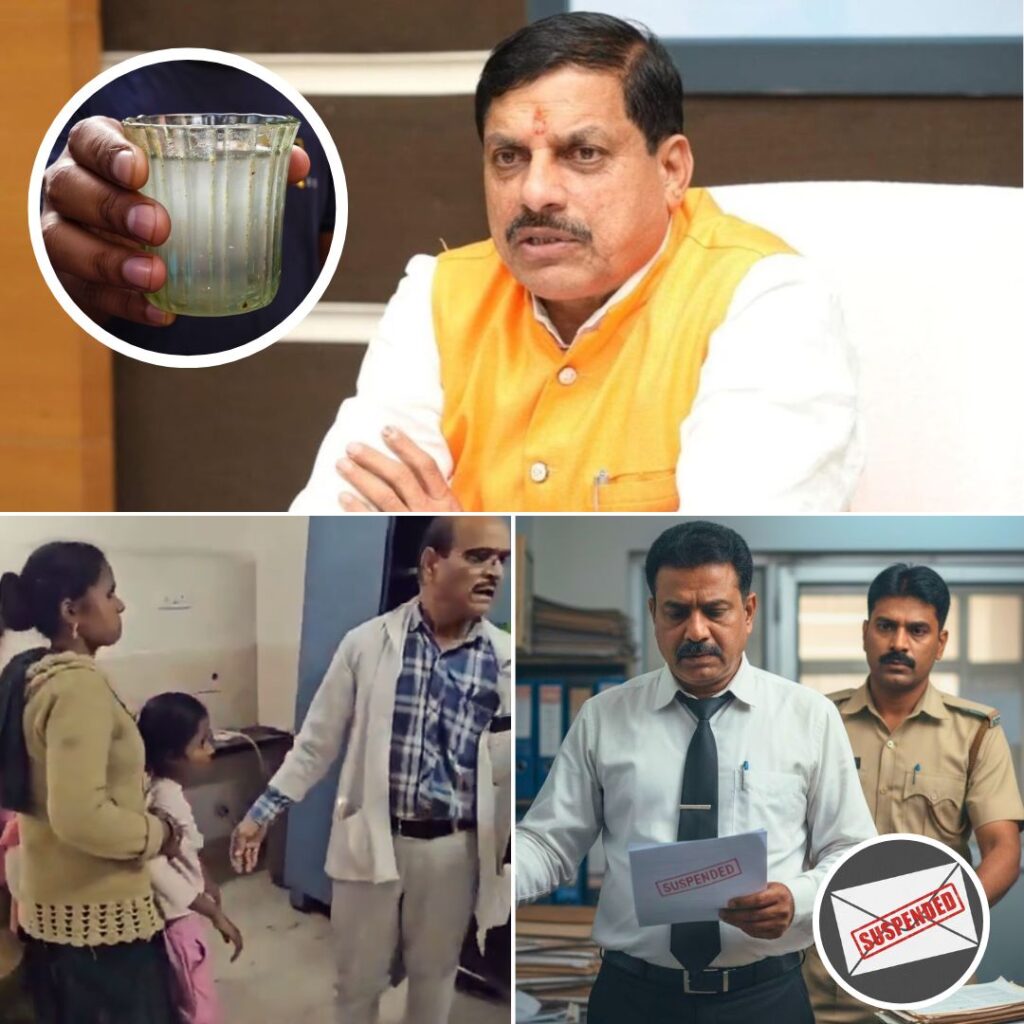Solar Energy, A Cash Crop For Gujarat Farmers From our friends atVideo Volunteers
June 5th, 2017
Image Credit: Energy Next
“Even if my crops fail, I still can survive by selling solar energy to the state grid,” says a relaxed Phodabhai Parmar, a 72-year-old farmer. Phodabhai has broken free of his dependence just on agriculture for livelihood, since becoming a member of India’s first ‘solar cooperative society’ set up in the small village of Dhundi in Gujarat. He, along with five other farmers, came together to create Dhundi Solar Ujra Udpadak Sahakari Mandali (DSUUSM), the solar cooperative supported by International Water Management Institute (IWMI) and sell electricity at Rs. 7.14 per unit.
Changing lives in more than one way
Until 2012-13, Dhundi, a village in Gujarat’s Kheda district, was unelectrified, with the homes and fields shrouded in darkness. The farmers would use diesel water pumps to irrigate the fields, spending between Rs 20,000 to 25,000 on diesel and maintenance alone, every year. An average Indian farmer earns a meagre income of Rs 7,800 per month, solely depending on crop cultivation alone while spending Rs 6,200 on household and agriculture.
Imagine then, how a farmer sustains his or her family and invests in future crops? The banks and cooperatives seldom provide loans to these small-time farmers stating lack of collaterals and security concerns. With no other recourse from the administration, these farmers resort to taking loans from private moneylenders for the capital for farming at absurdly high rates of interests which often the farmer can’t pay back, even if he or she tries. Perpetual indebtedness and crop failure are believed to have led to 300,000 farmer suicides since 1993.
The story of Dhundi village would have been the same, but its farmers discovered the alternative: solar powered pumps. “Solar pumps piqued the group’s interest because it would bring down the high irrigation costs,” says Prof Tushar Shah, a public policy specialist and Senior Fellow at IWMI who oversaw the pilot project.
“I’ve had no maintenance or fuel expenditure since I installed the solar pumps,” Phodabhai says proudly. On top of the that, the farmers now earn an extra income by selling excess electricity generated after running the solar water pumps, to the state discom, Madhya Gujarat Vij Company Ltd (MGVCL). Proving the famous Gujarati enterprising spirit, the farmers have also started selling surplus water to other neighbouring farmers who don’t have solar water pumps. “I earned a surplus income of Rs 25,000 to Rs 30,000 just by selling water last year and about Rs 8,000 monthly by selling electricity to MGVCL,” says Phodabhai. With the surplus income, he and other farmers are investing in the village’s infrastructure; in the past two years, they’ve built borewells, community well and better irrigation canals.
In short, in this brief period, the Dhundi farmers have had uninterrupted electricity for agriculture and household, better infrastructure, forayed into other business models and more than doubled their annual income! Seeing the benefits bore by the six farmers, three more farmers have joined the DSUUSM in the end of 2016.
Incentivised Conservation
India is the largest user of groundwater in the world and uses over a quarter of the global resource. An estimated 60 percent of India’s agricultural irrigation is dependent on groundwater, mainly through water pumps. If the exploitation of groundwater level continues, experts say that in 20 years, a majority of India’s aquifers will be in a critical condition, risking a quarter of the country’s harvest 60 percent.
“In the initial phase of the project, we were concerned about farmers exploiting resources such as groundwater because of the low costs,” confesses Prof Shah. But the team came up with additional incentives to counter this concern. The farmers get Rs 4.63 per unit of electricity, Rs 1.25 from IWMI and Rs 1.25 for water conservation, which adds up to the grand total of Rs 7.13 per unit.
Moving from Thermal Energy to Solar Energy
In India, more than 52% of the country’s total workforce is employed in the agricultural sector directly or indirectly. According to the World Bank, India uses more than 4 billion litres of diesel (13% of total diesel consumption in India) and around 85 million tonnes of coal per annum (19% of total coal consumption in India) just to support water pumping for irrigation.
As seen in the video, solar pumps resolve several problems that farmers have to otherwise face such as no access to electricity in remote areas, reduced use of fossil fuels for irrigation, reducing loan cycle and reduced electricity subsidies. According to Prof Shah, due to these reasons the numbers of solar pumps across India are rising dramatically, “Until 2012, there were only 6000-7000 solar pumps across India but in last 3-4 years solar pumps have gone up to 60,000 to…












